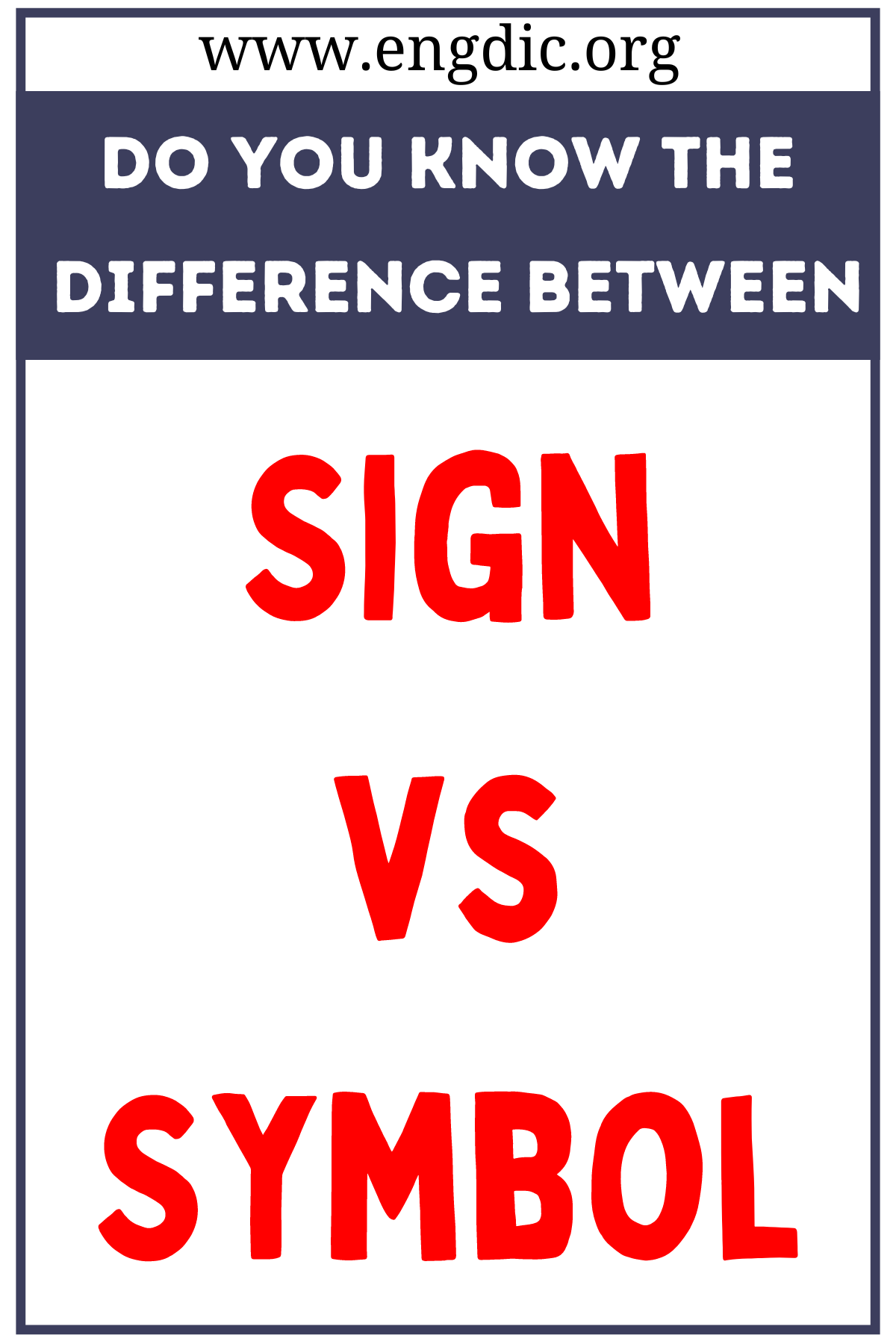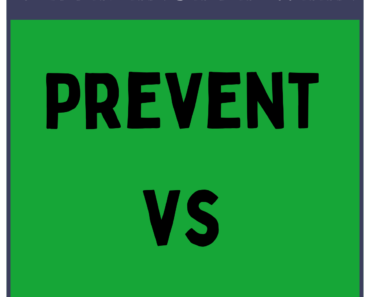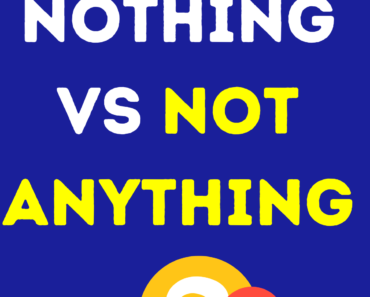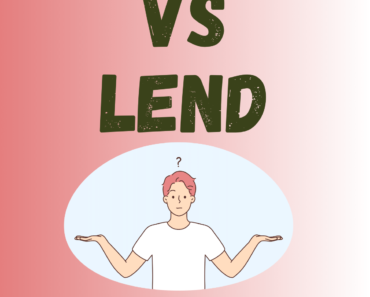A sign is a direct representation with a clear, often universally understood meaning, such as a traffic sign.
Conversely, a symbol holds a deeper, more abstract significance and is open to interpretation, like a national flag.
Signs are typically literal and serve practical purposes, while symbols are more abstract and are linked to cultural or conceptual meanings.
Sign
Definition: A sign is a direct indicator conveying specific information or instructions.
Usage:
- Practical Communication: Signs guide people by conveying straightforward instructions. Example: Traffic signs direct drivers.
- Identification: They help identify places or objects. Example: A signboard showing the name of a business.
- Warning: Warns against potential hazards. Example: “Caution: Wet Floor” signs in stores.
Symbol
Definition: A symbol represents ideas, concepts, or beliefs beyond its literal meaning.
Usage:
- Cultural Significance: Symbols represent cultural beliefs. Example: The cross symbolizes Christianity.
- Conceptual Meaning: They convey ideas or values. Example: A dove symbolizes peace.
- Abstract Representation: Symbols offer layers of interpretation. Example: An olive branch symbolizes reconciliation and peace.







